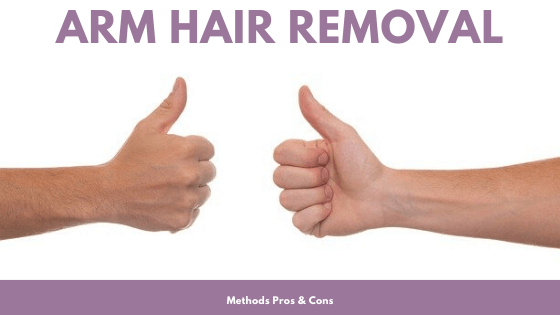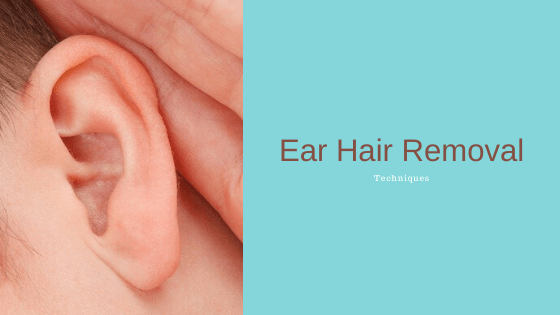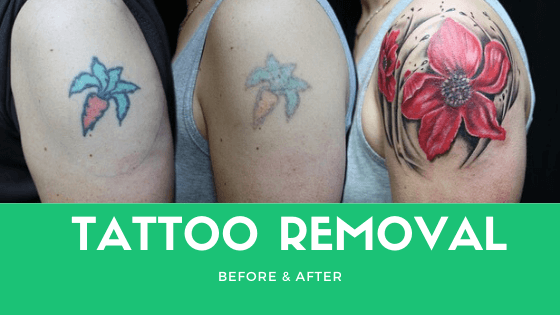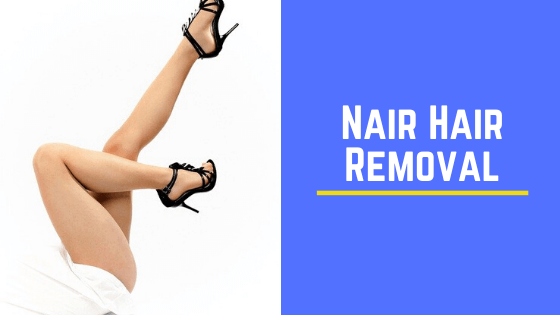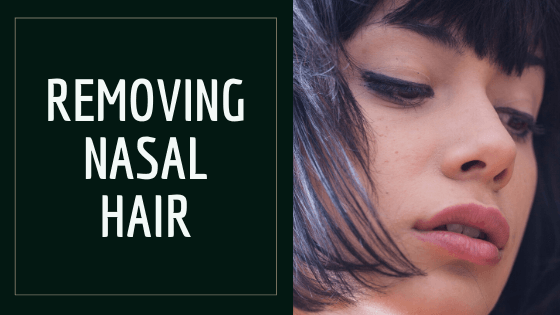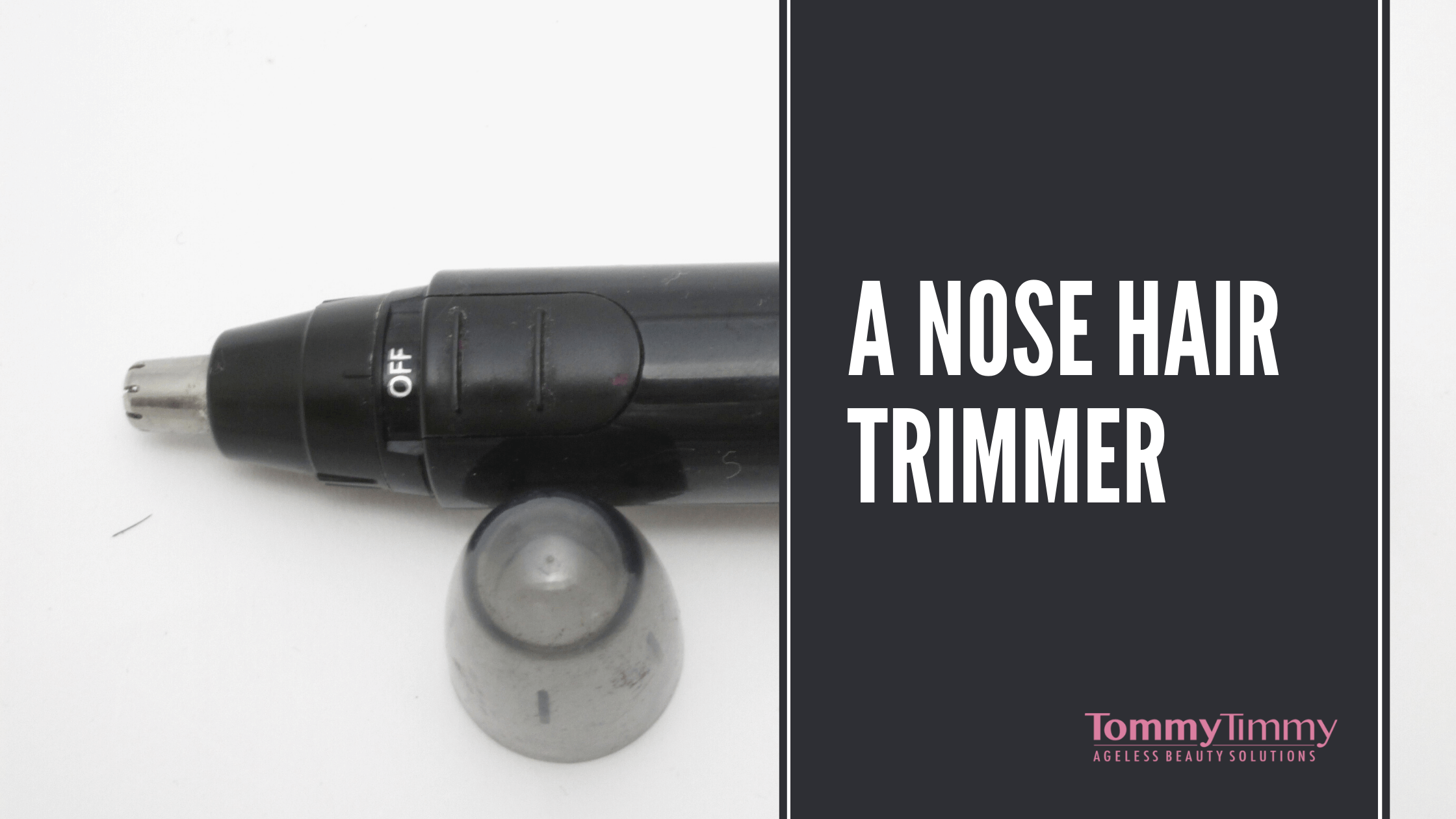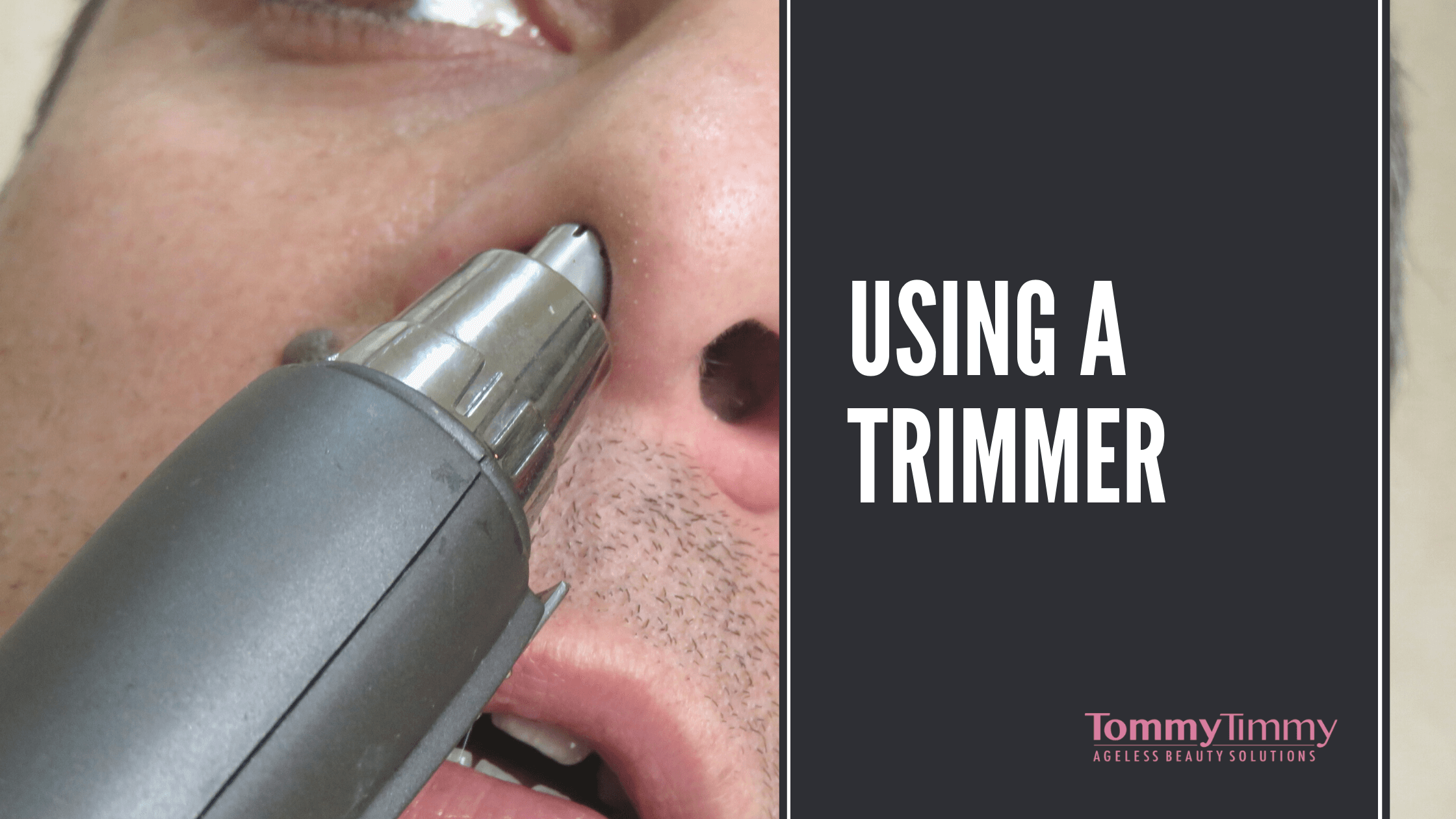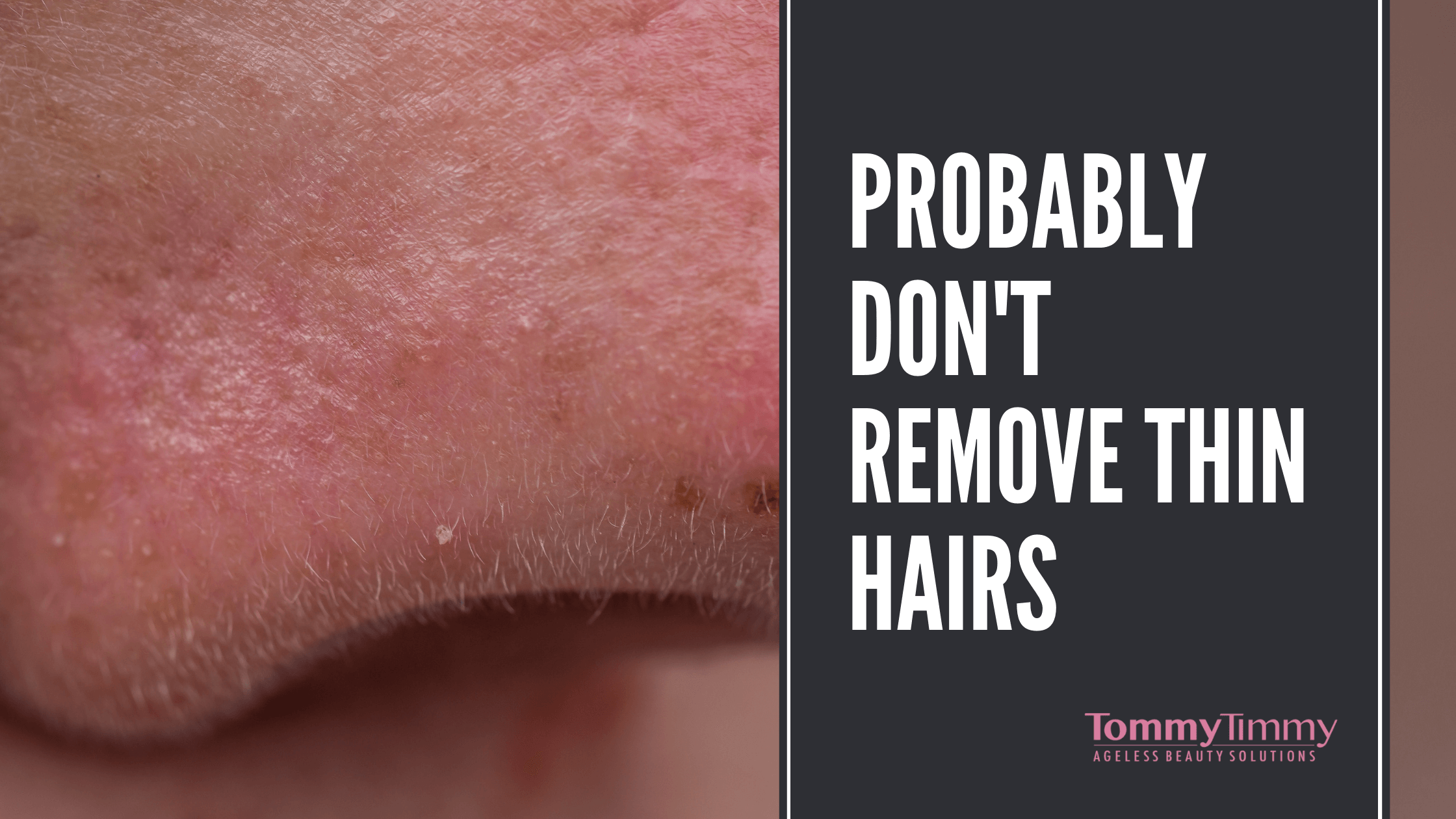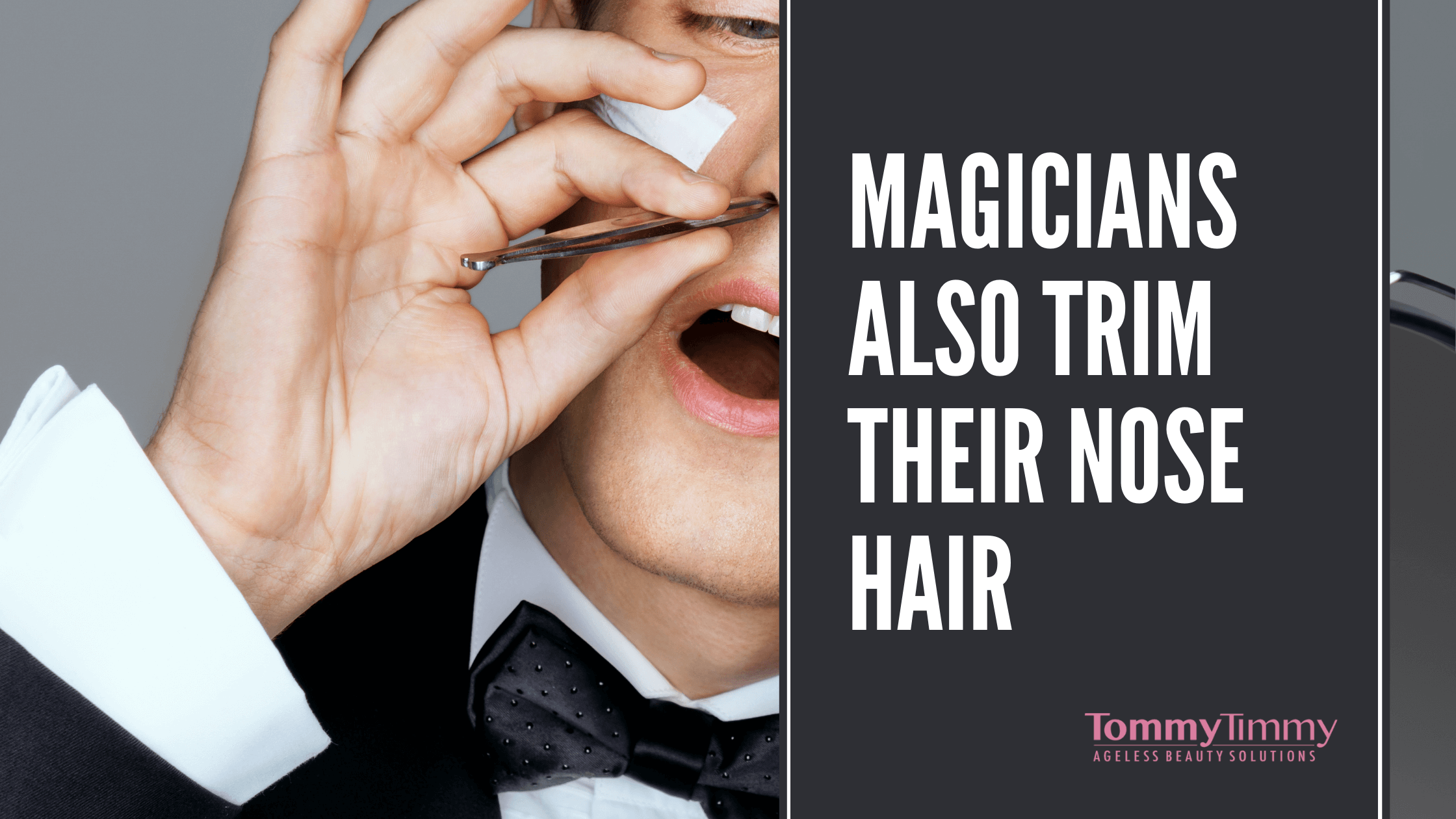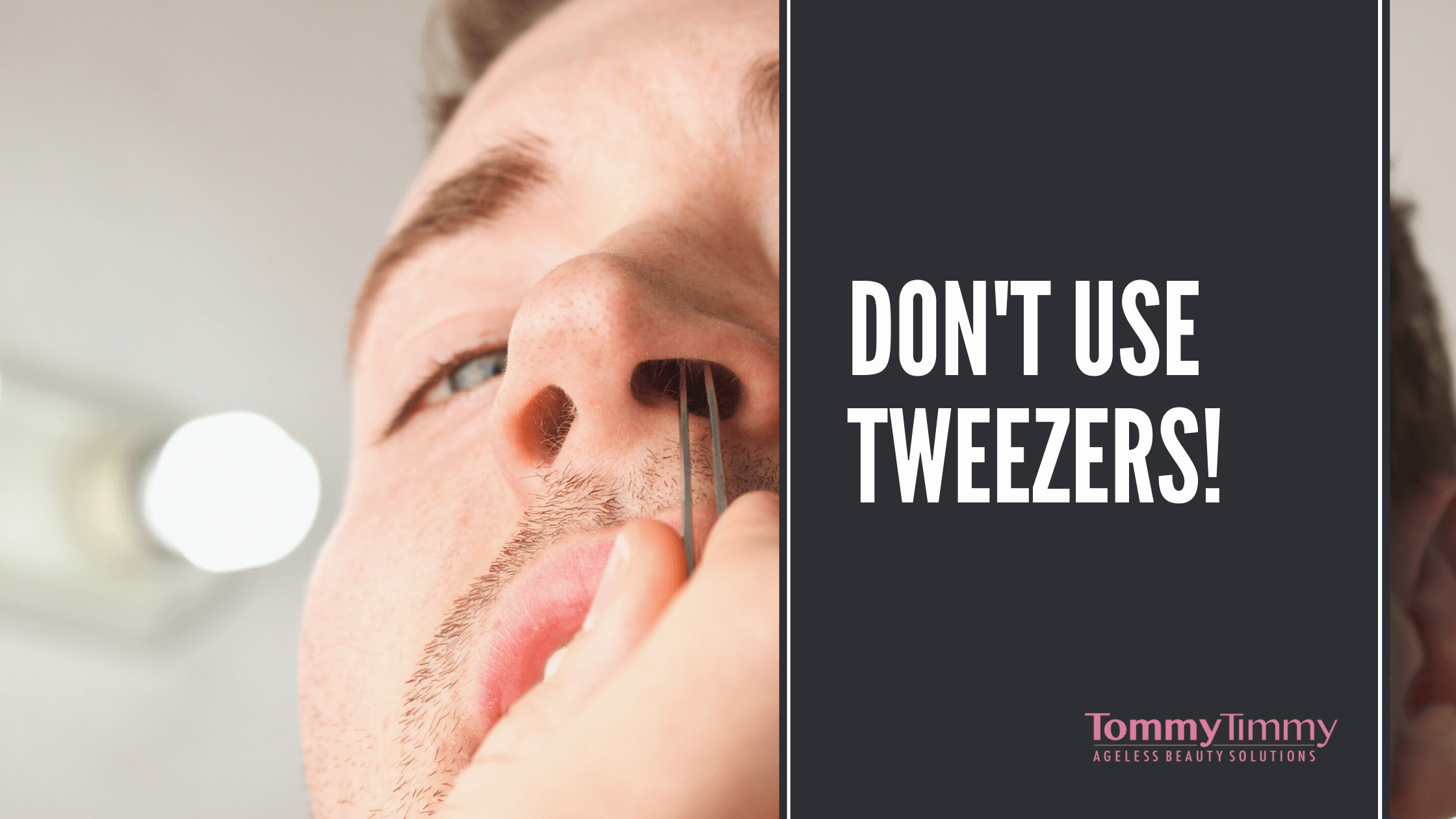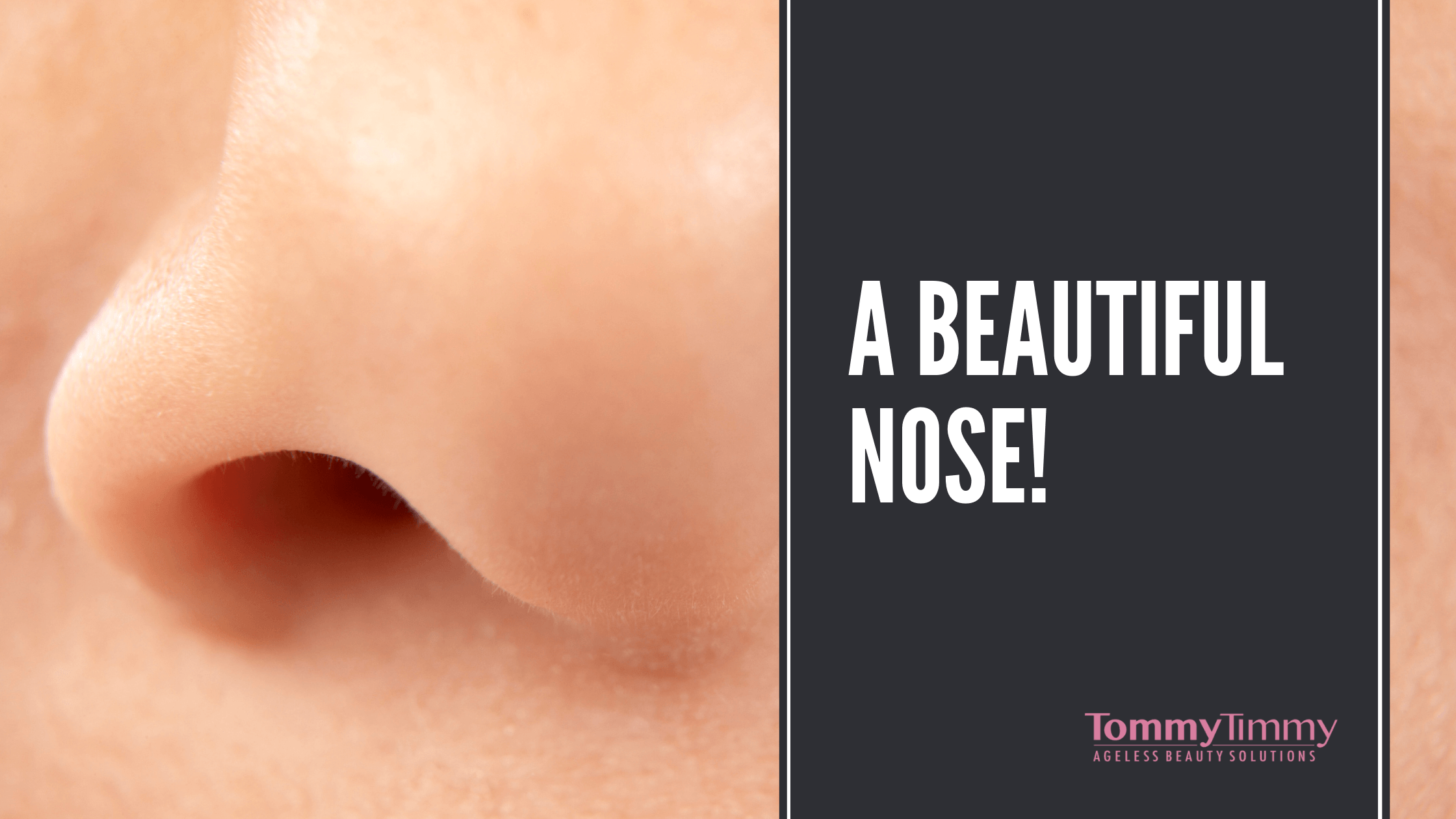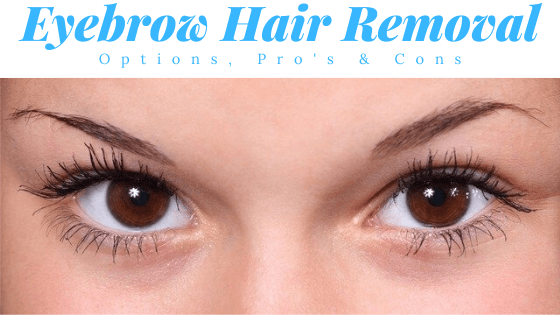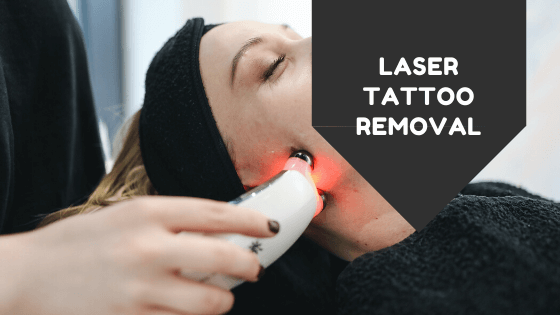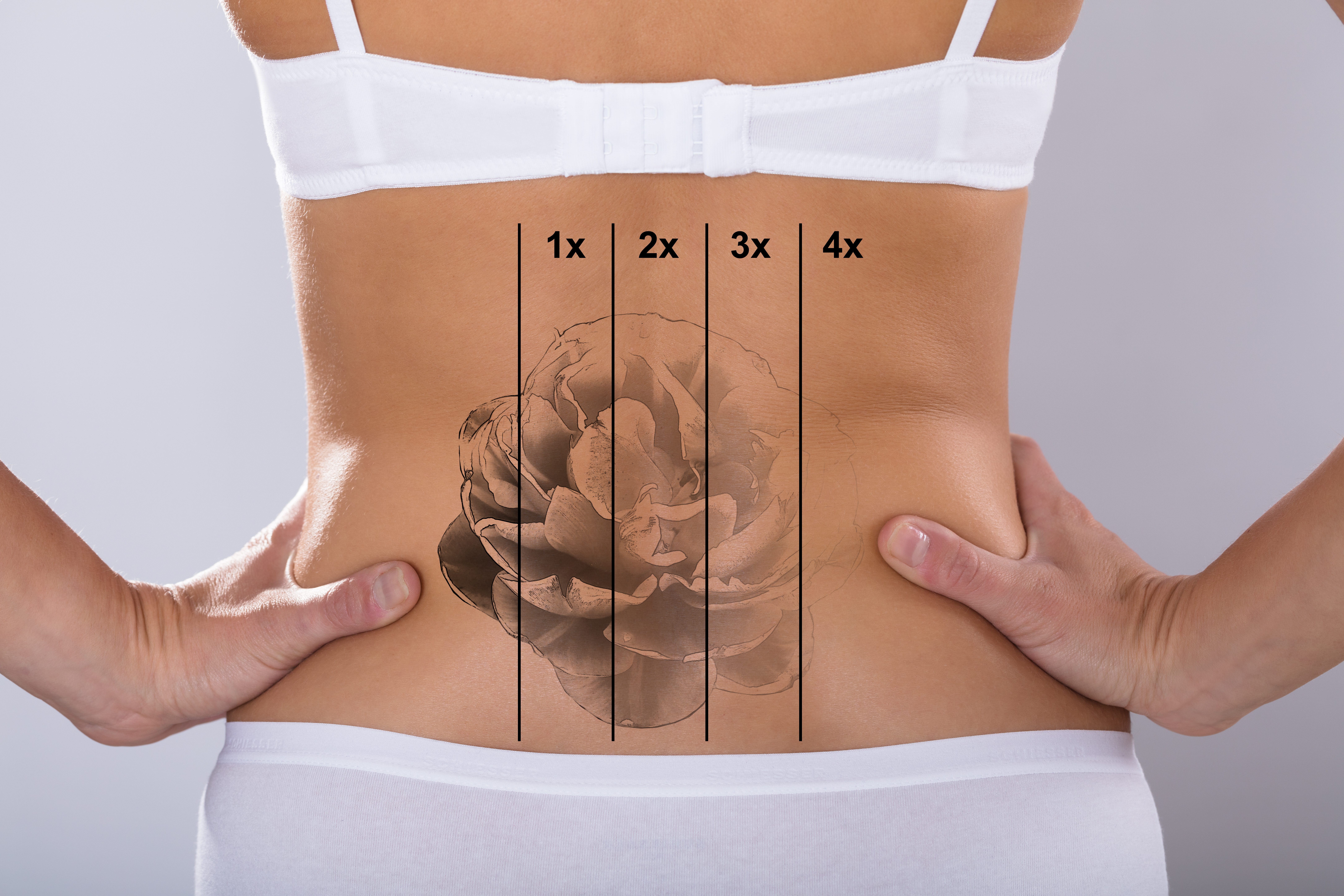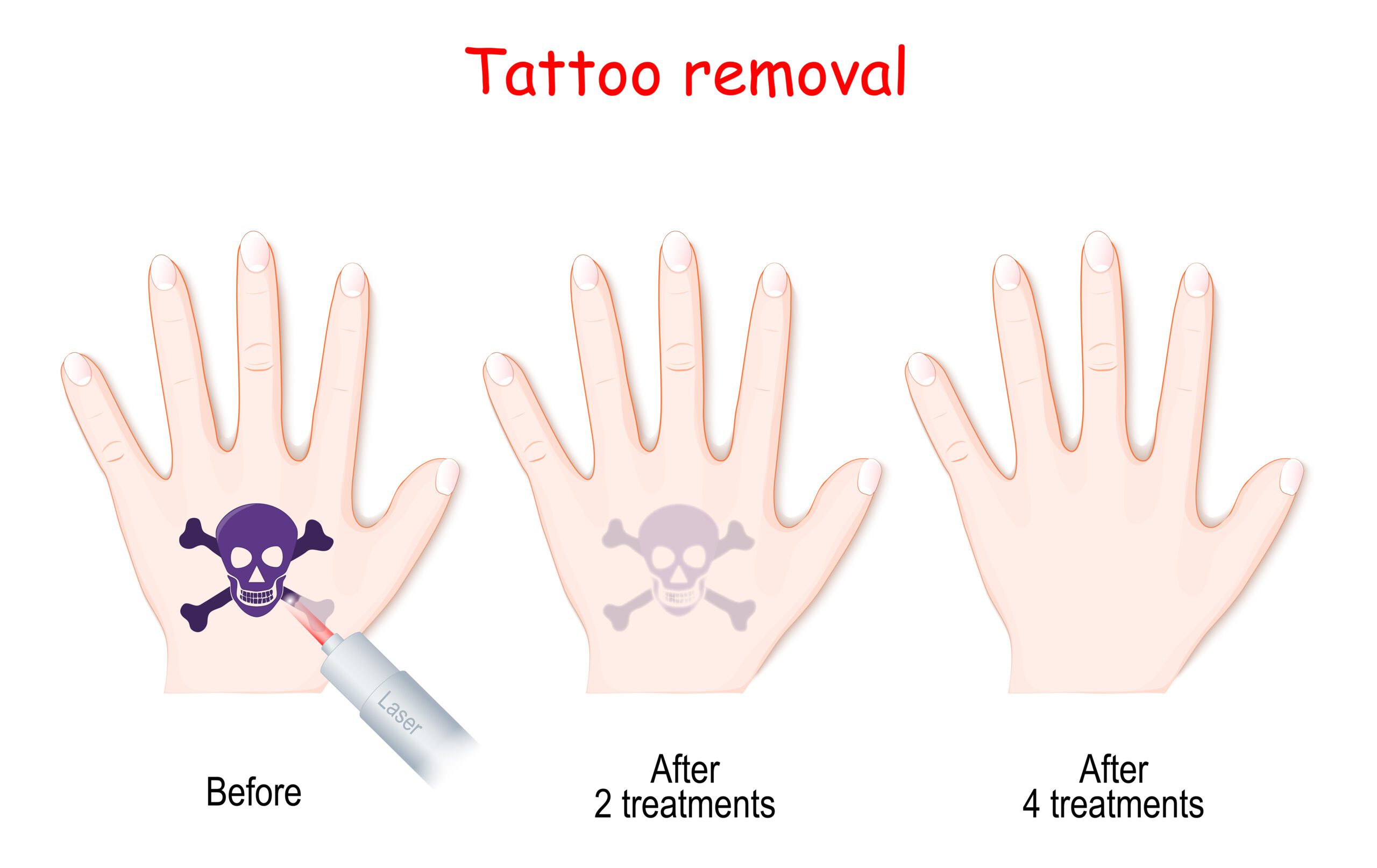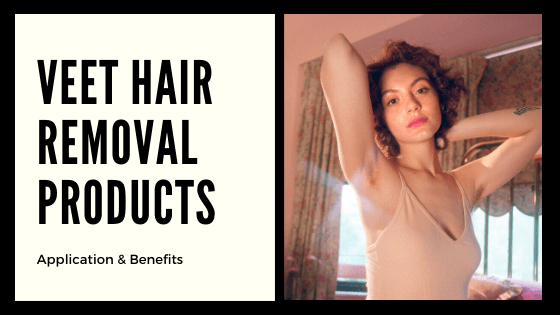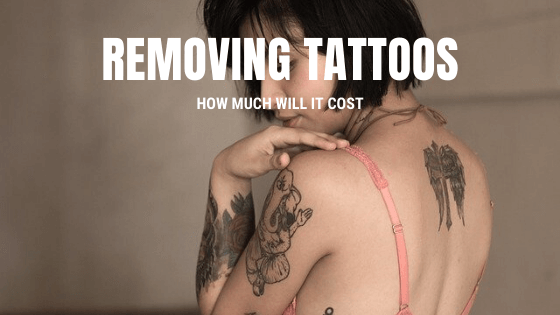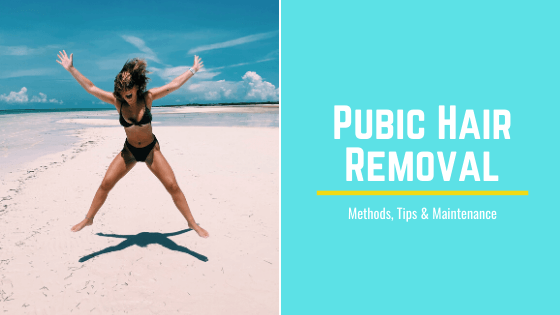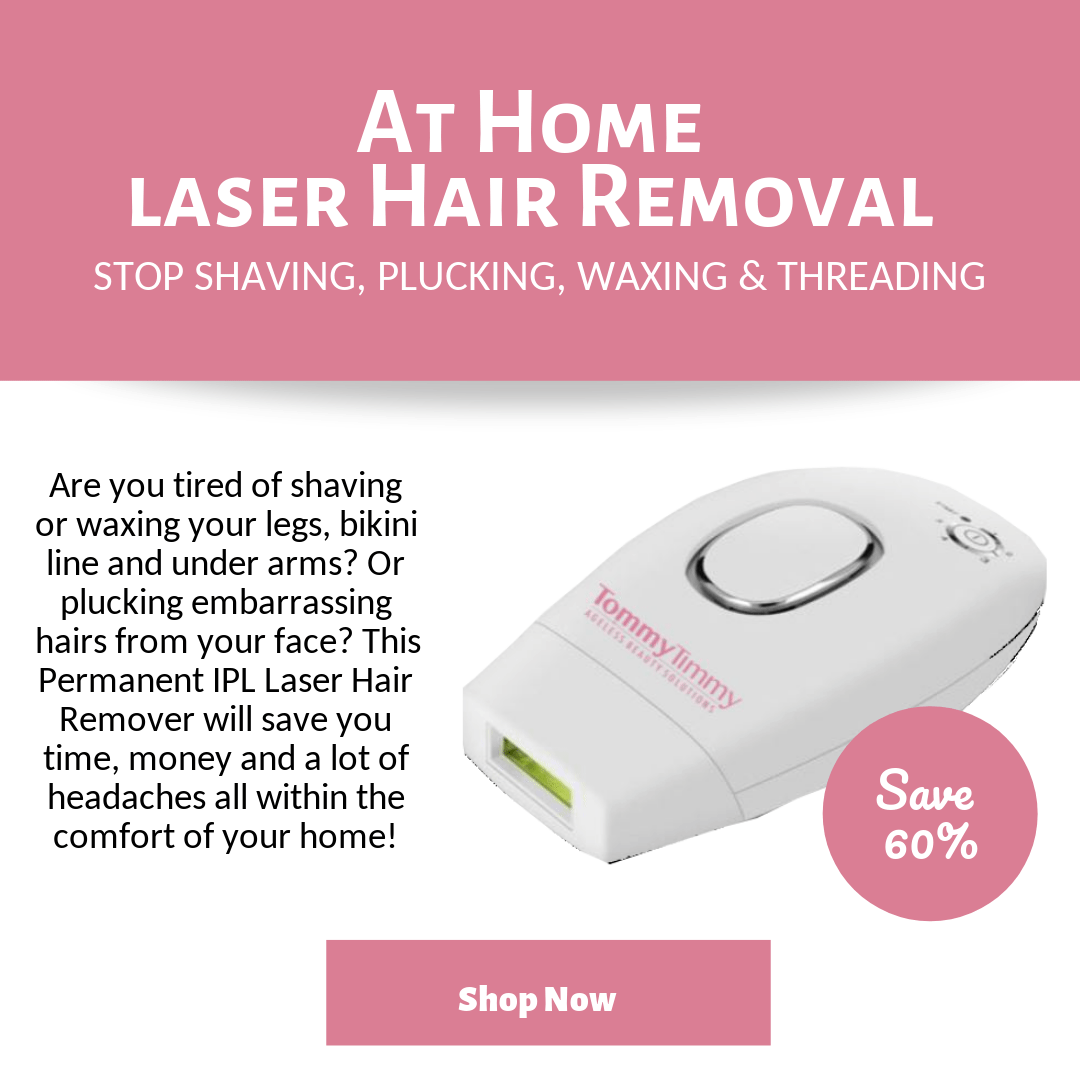It is usual to have unwanted arm hair or armpit hair, but sometimes it is so thick and dark that it makes you feel uncomfortable and perhaps even hide your hairy arms with long sleeves so nobody will notice it.
Unless you are a man with thick hair in your arms, we strongly recommend that you don’t shave that area because it can cause the hair to grow coarser and darker, and you have the risk of suffering cuts and irritation.
Arm Hair Removal Methods
Epilation
This method uses an epilator, which is an electronic device that pulls the hair from the root. It looks like a razor and works like waxing, with the difference that it has a mechanical system that plucks the hair.
To remove arm hair, position the epilator at a 90-degree angle to your arm and slowly move the device in the hair growth direction.
Epilators have different speed settings. Start with the lowest one if you are a beginner, and increase the speed until you reach one you can tolerate.
Always clean the epilator after each use.
Pros
- It provides long-lasting results on your arms.
- You can do it at home.
- The hair will take a long time to grow back.
- It can remove even the shortest hair.
- Suitable for sensitive skin.
- It leaves the skin smooth..
Cons
- Since the hair is pulled from the root, you will feel pain and discomfort.
- You may experience redness and irritation after the treatment.
Depilatory Cream
This method is painless. It involves using a depilatory cream or hair removal cream that contains effective chemicals that break the bonds of keratin to weaken the hair on your arms and make it easier to remove.
Apply the cream over the area of undesired hair, wait a few minutes, and rinse with water. These creams contain ingredients that keep your skin smooth after hair removal.
Also, see our articles on Nair and Veet Depilatory creams.
Pros
- It is painless.
- You can do it at home.
- Suitable for sensitive skin.
- Your skin will be smooth after using it.
Cons
- You can develop an allergic reaction.
- The hair is not pulled from the root, so that it will regrow fast.
- You can experience side effects like redness and irritation.
- Never leave the cream on for longer than indicated in the instructions. Otherwise, you can suffer a skin burn.
Sugaring
This ancient hair removal method consists of applying a sticky paste made of sugar, lemon, and water over the area of undesired hair. It is similar to waxing but more gentle since it doesn’t stick to the skin cells.
Sugaring can be performed at home, but you need some experience and knowledge to get the mixture’s right consistency. Otherwise, it could end in a disaster.
It is better to go to a registered place with estheticians who know how to apply the mixture.
Pros
- The procedure is faster than waxing.
- It is gentle on the skin, and since the mixture is hypoallergenic and organic, there is no risk of allergic reactions.
Cons
- Your hair needs at least a quarter-inch in length to get this procedure.
- Although it isn’t as painful as waxing, you will still feel discomfort.
Waxing
You can either use cold wax strips or hot wax to remove hair from your arms. If you are thinking about doing it at home, use cold wax since it is less messy, and you have less chance of suffering side effects like skin burns, but hot wax is more effective in removing hair.
Hot wax involves applying warm wax over undesired hair areas and pulling it with a paper strip. It is better to get it done by a professional.
Pros
- It can remove short and fine hair.
- The hair will take longer to regrow.
- Once the hair grows again, it will be finer.
- It doesn’t only remove hair but also dead skin cells.
Cons
- You will experience pain.
- There is a risk of side effects like kitchens, redness, and irritation.
- If the wax is too hot, it can burn your skin, so you must go to a suitable place.
- This procedure isn’t fast.
- You have to avoid direct sun exposure after waxing.
IPL Hair Removal Or Laser Hair Removal
This is a permanent arm hair removal method. The IPL system uses energy from light waves and targets the melanin in our hair.
Once the energy hits the dark pigment, it is converted into heat, damaging the hair and preventing regrowth. There are several IPL devices that you can buy to use at home.
However, you may prefer to go to a beautician because the IPL needs to be adjusted depending on your hair color and thickness. Going to a professional ensures that you will have the desired results.
IPL Hair Removal is generally cheaper than Laser Hair Removal, especially when having it done at a beauty salon. IPL is also better for larger body hair areas, whereas Laser Hair Removal can be better for smaller local areas such as underarm hair. Laser arm hair removal is a successful method for many women.
Pros
- Once you finish the treatment, you won’t need to worry about getting rid of your body hair anymore.
- The process isn’t painful and won’t damage your skin.
Cons
- It is expensive.
- You will require multiple sessions before the hair stops growing.
- It doesn’t work for light hair.
Electrolysis
This is another permanent arm hair removal method and is also known as electrology. A fine needle is inserted into the hair follicle and uses heat energy to destroy the hair root to prevent regrowth.
To get this treatment done, you are advised to go to a professional.
However, there are some new devices that allow you to do electrolysis at home.
Pros
- It is permanent, and you won’t need maintenance sessions.
- Suitable for all skin types and hair colors.
Cons
- It can be expensive.
- You will need a lot of sessions to finish the treatment.
Final Thoughts
It is time to show off your arms with pride and eliminate that undesired hair with these easy and effective methods. Just choose a permanent or temporary arm hair removal method.
Remember to consider your skin type and pain level tolerance to find the best treatment to provide you with the best results.

